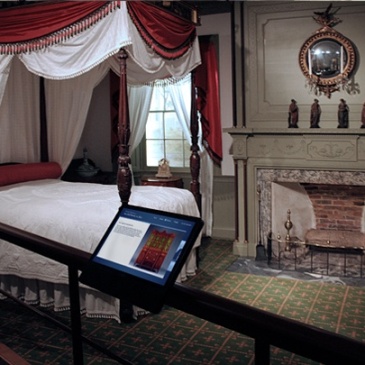Visualizing for the Public
According to AHA President James Grossman, we have entered an age of ‘Big Data,’ which requires ‘Big History.’[1] This phenomena finds historians tackling large corpuses of data with digital tools, to find new patterns and questions to focus their research. It always requires historians to reexamine their approaches to displaying their research. Working with complex … More Visualizing for the Public
